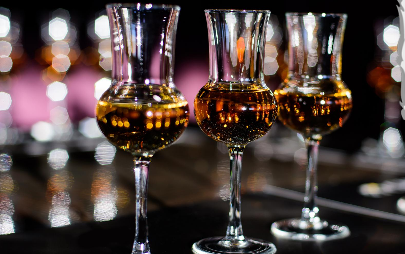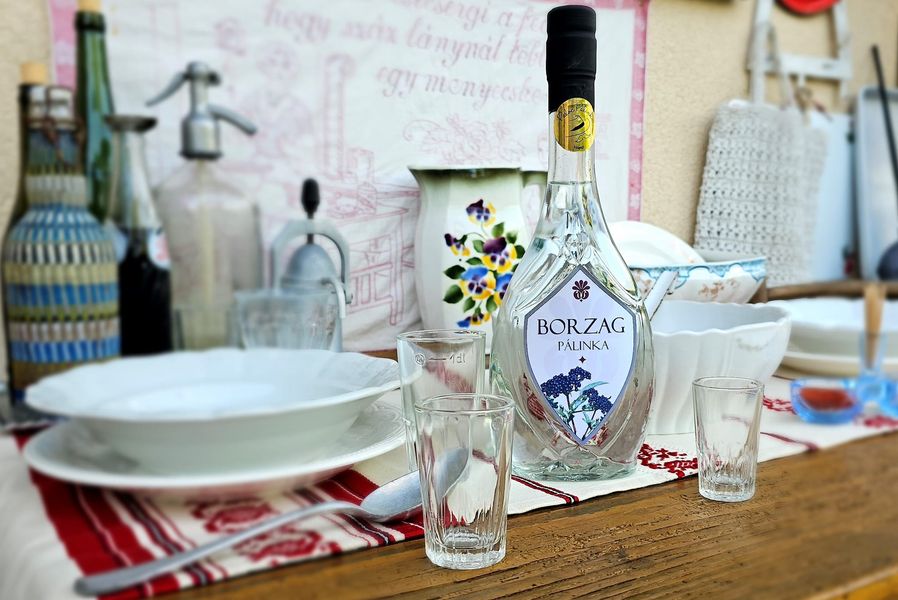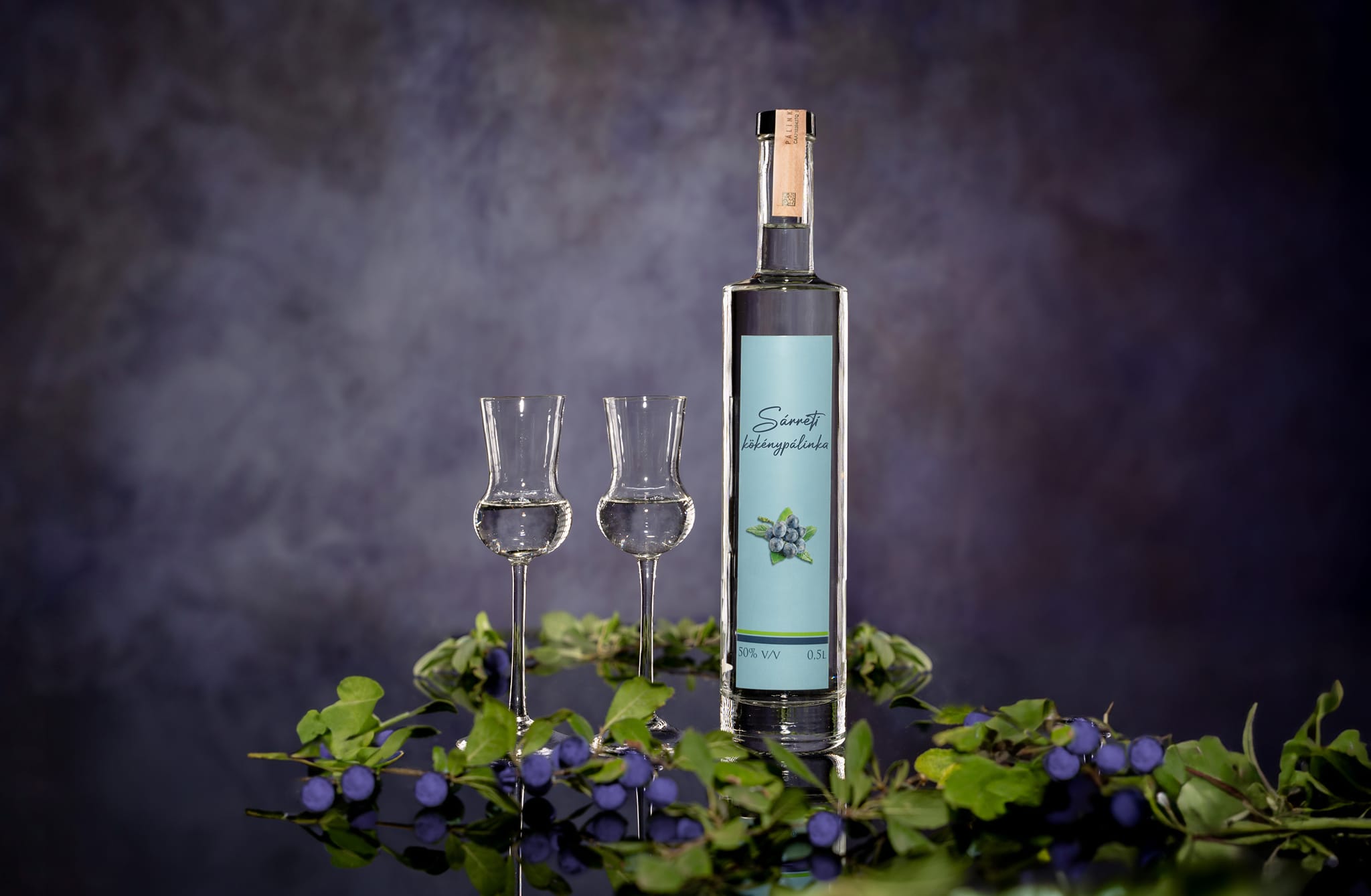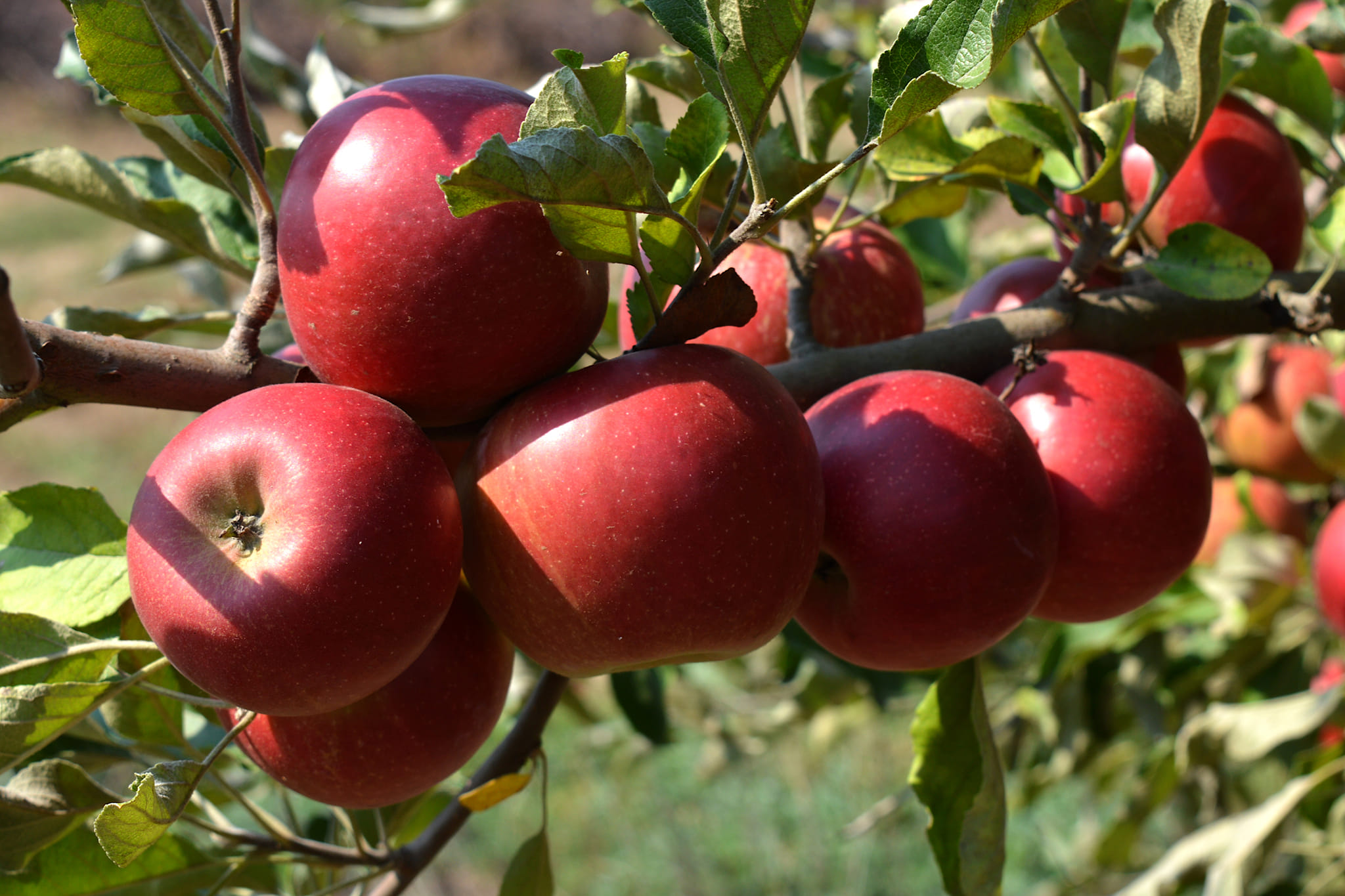
Hungarian sparkling wine is experiencing a renaissance, with an increasing number of wineries producing this type of wine.Continue reading

The European Commission has registered three new Hungarian agricultural product names: Borzag pálinka (schnaps), Sárréti sloe pálinka, and Szabolcsi apple. This brings the total number of Hungarian geographical indications protected by the EU to 85.
This means that 32 Hungarian food products, 38 Hungarian wines, and 15 Hungarian pálinka names are now protected in the EU. This EU protection scheme protects agricultural products that originate from a defined geographical area and are produced using a process that can be linked to that exact region.
The production of Borzag pálinka in Nógrád County (nothern Hungary) dates back centuries and is produced exclusively in the commercial distilleries of Nógrád County from wild elderberries, also known as borzag.
The region is characterized by a weakly acidic soil and unique climatic conditions, with cool, humid, and shady places favorable for the fruit.
The bitter taste of the juniper in the area contributes significantly to the marzipan and spicy flavor of borzag. Due to the high content of volatile and coloring substances in the berries, the drink also has a sweetish aroma with a pale yellowish tinge.

Borzag Pálinka. Photo via Facebook/Agrárminisztérium
Sárrét sloe pálinka is produced only in commercial distilleries in the districts of Hajdú-Bihar and Békés counties in the Sárrét area (eastern Hungary), from the wild sloes grown there.
Thanks to the mineral-rich soil of the geographical area and the high amount of hours of sunshine (exceeding 2,500 hours), the sloes grown in the geographical area are richer than average in minerals and aromas.
The Sárrét sloe pálinka, made exclusively from wild fruit, has a sloe blossom aroma and almond flavor, and a slightly sweet taste reminiscent of marzipan thanks to the high sugar content of the fruit. The high mineral and aromatic content of the sloe results in a higher volatile content of the spirit.

Sárrét sloe pálinka. Photo via Facebook/Agrárminisztérium
The Szabolcs apple (Szabolcs-Szatmár-Bereg County, northeastern Hungary) has established the reputation of Hungarian apple-growing.
The technical knowledge of growing Szabolcs apples in the defined geographical area has been handed down from generation to generation.
The Research Institute of Újfehértó of the University of Debrecen, having more than 70 years of experience, helps to pass on modern knowledge of apple-growing by maintaining varieties, producing certified propagating material, and providing expert advice. The aim of the eligible Szabolcs Apple Producers Group is to produce, process, and promote the consumption of high-quality eating apples grown in a sustainable manner in line with the challenges of the times, building on the traditions of Szabolcs apple-growing.

Szabolcs apples. Photo via Facebook/Agrárminisztérium
In addition to the legal protection, the geographical indication also increases the product’s distinctiveness in trade and helps consumers to make purchasing decisions, and producers to promote their products.
Among the 85 protected products are Hungarian delicacies such as Szeged salami, Gönc apricots, Gyula sausages, Szatmár plum pálinka, and a variety of wines from Eger and Tokaj.
Via kormany.hu, Featured image via Facebook/Pálinka Nemzeti Tanács